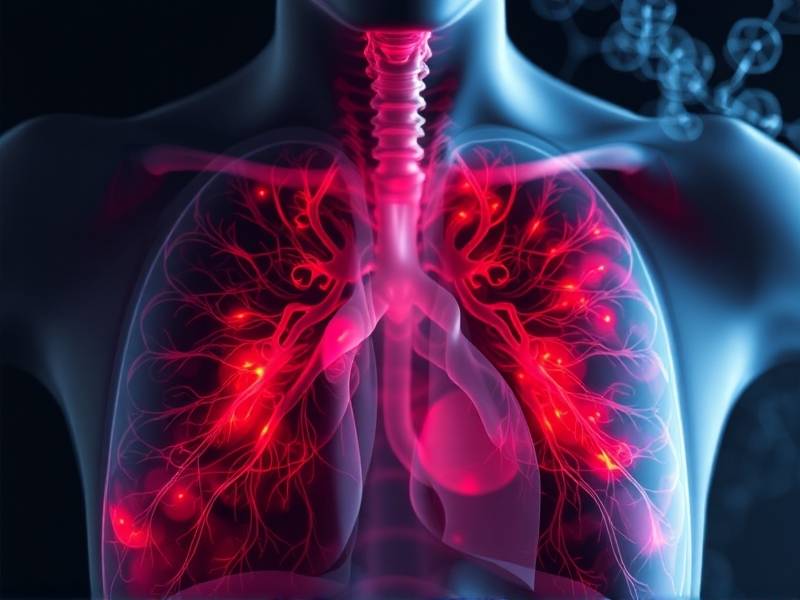Why Does Emphysema Progress Even After Quitting Smoking?
Understanding the Persistent Progression of Emphysema Post-Quitting Smoking
Introduction: Emphysema, a chronic obstructive pulmonary disease (COPD), is often associated with smoking. Many individuals quit smoking in the hope of reversing the damage and preventing further progression of the disease. However, it is essential to understand why emphysema may still progress even after quitting smoking. In this article, we delve into the reasons behind this persistence and what can be done to manage it.
Why Does Emphysema Progress Post-Quitting Smoking?

-
Accumulated Damage: The primary cause of emphysema is long-term exposure to irritants like tobacco smoke, which damages the alveoli (air sacs) in the lungs. Even after quitting smoking, the accumulated damage may continue to affect lung function and contribute to emphysema progression.

-
Genetic Factors: Research indicates that genetics play a role in determining susceptibility to emphysema. Individuals with a family history of COPD may experience more rapid progression of emphysema even after quitting smoking.
-
Other Environmental Factors: Exposure to other environmental irritants, such as dust, fumes, and air pollution, can exacerbate lung damage and contribute to emphysema progression in individuals who have quit smoking.
-
Underlying Inflammation: The inflammation caused by smoking persists even after quitting. This chronic inflammation can lead to further damage in the lungs and worsen emphysema symptoms.
-
Age-related Changes: As individuals age, their lungs undergo natural changes that can exacerbate COPD symptoms and lead to emphysema progression, even in those who have quit smoking.
How Can Emphysema Be Managed Post-Quitting Smoking?
-
Regular Check-ups: Regular visits to a healthcare professional can help monitor lung function and detect any signs of progression or complications early on.
-
Pulmonary Rehabilitation: Participation in pulmonary rehabilitation programs can help improve lung function, increase endurance, and enhance overall quality of life for individuals with COPD.
-
Lifestyle Modifications: Avoiding exposure to environmental irritants and maintaining a healthy diet can help manage emphysema symptoms post-quitting smoking.
-
Medications: In some cases, medications may be prescribed by a healthcare professional to manage symptoms or reduce inflammation in the lungs.
-
Oxygen Therapy: For severe cases of COPD with significant oxygen deficiency, oxygen therapy may be recommended by a healthcare provider.
Conclusion: While quitting smoking is an essential step towards managing emphysema, it is crucial to understand that the disease may still progress post-quit due to various factors such as accumulated damage, genetic predisposition, environmental factors, underlying inflammation, and age-related changes. By working closely with healthcare professionals and adopting appropriate management strategies, individuals with COPD can effectively control their symptoms and improve their quality of life despite persistent challenges posed by emphysema progression post-quitting smoking.
